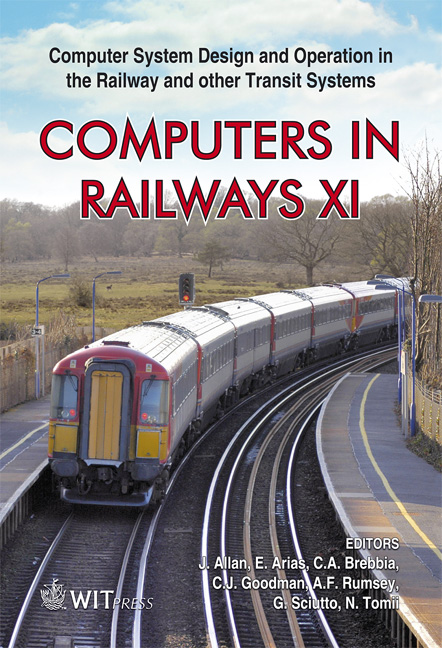Development Of A LRT Simulator For Demand Forecasting
Price
Free (open access)
Transaction
Volume
103
Pages
9
Page Range
203 - 211
Published
2008
Size
550 kb
Paper DOI
10.2495/CR080211
Copyright
WIT Press
Author(s)
N. Kudo & T. Mizuma
Abstract
We developed the LRT introduction effect simulator. The increase in the number of heat-trapping gases such as carbon dioxide is a global problem. Decreasing this number is essential. The thought is that a modal shift from the car to public transportation is effective in the traffic field. However, when public transportation is introduced, a quantitative effect is needed in Japan. We have developed a simulator, whereby the selection of car, railway or bus, which has not been included in past simulators, is used to calculate the running energy of transportation. The simulator then reports the selection of the individual’s means, with the model being built using the Analytic Hierarchy Process. Keywords: simulation, LRT, demand forecast. 1 Introduction As a global problem, the amount of greenhouse effect gases such as carbon dioxide is increasing. The task of pressing urgency is to reduce greenhouse effect gases. Each industrial field is trying to reduce greenhouse effect gases. It is supposed that a modal shift from automobiles to public transportation would be effective in the traffic field. Meanwhile, presentation of quantitative effect is often required when introducing public transportation in Japan. For that purpose, we have developed a simulator, however, we have not considered the human mentality. Therefore, we incorporated selection by people, making the means model in the simulator by using AHP (Analytic Hierarchy Process).
Keywords
simulation, LRT, demand forecast.





